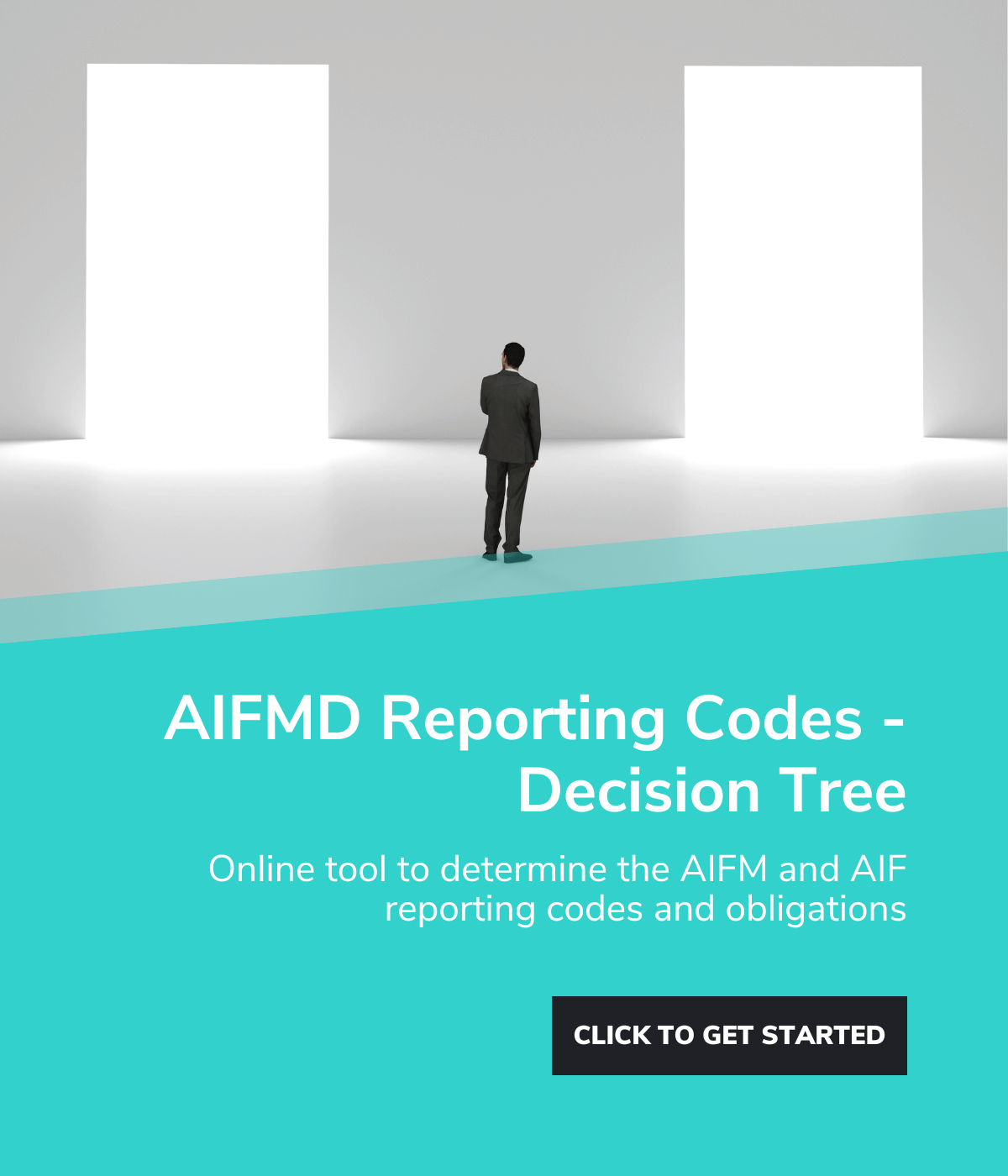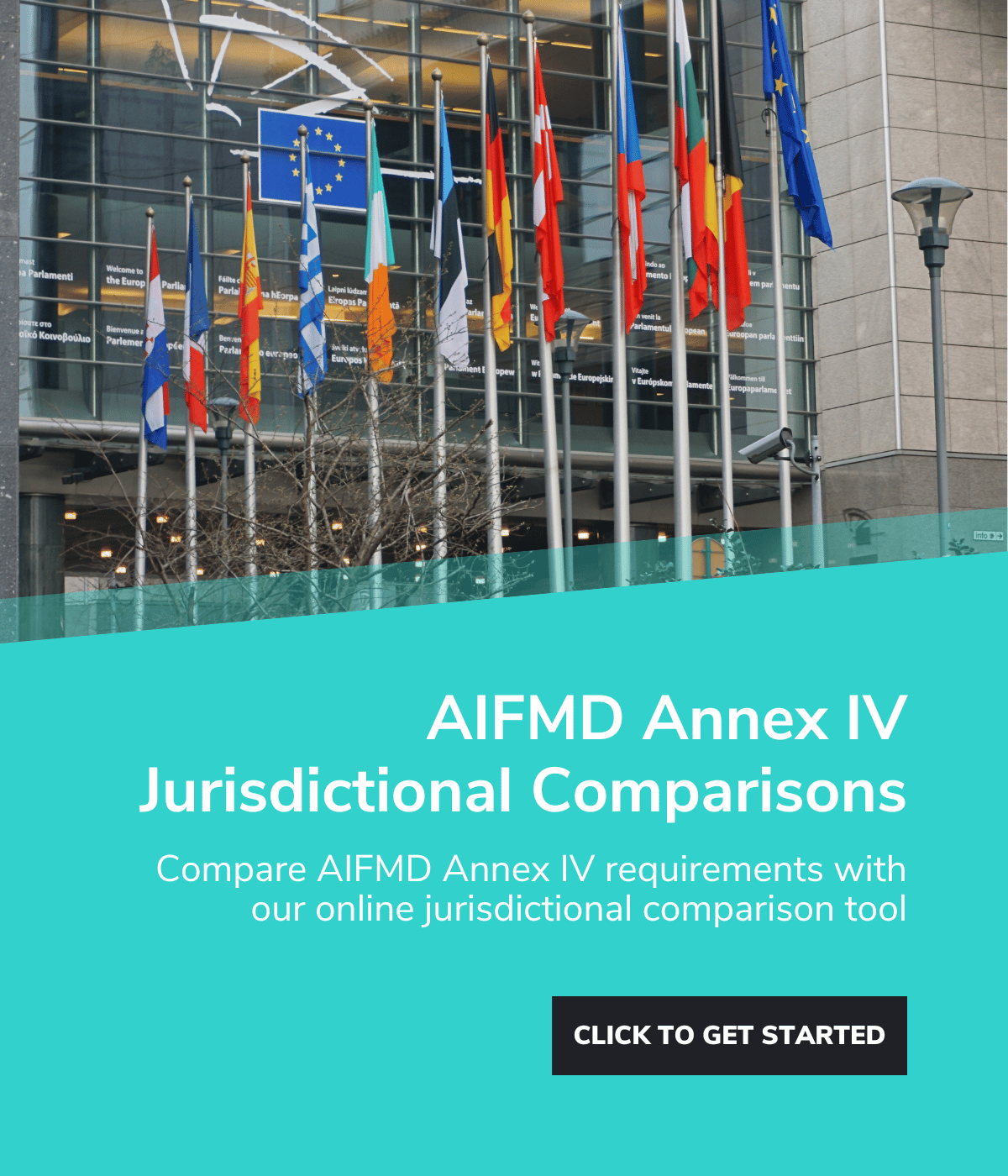Annex IV Reporting is a significant reporting challenge, consisting of more than 40 detailed questions and 300 data fields.
The Annex IV reporting requirements break down between 24(1), 24(2) and 24(4) Reporting. This naming reflects the relevant Articles of the AIFMD Directive in which the requirements are found. Article 24(1) has AIFM level reporting requirements and AIF level reporting, whereas 24(2) and (4) only have AIF level reporting requirements.
Whilst the above reporting is mandatory where applicable, Article 24(3) provides for additional reporting at the request of the NCA.
Under Article 24(1) of the AIFMD, for each EU AIF managed or each AIF marketed in the Union, managers are required to report on:
The breakdown of investment strategies,
The concentration of investors,
The main categories of assets held by the AIF, including principal exposures and concentration, and the regional investment focus.
Under Article 24(2) affected AIFs are subject to more extensive disclosure of:
The percentage of the AIF’s assets which are illiquid;
Any new arrangements for managing the liquidity of the AIF;
The risk management systems employed by the AIFM to manage the market risk, liquidity risk, counterparty risk and other risks including operational risk;
The current risk profile of the AIF, including:
o The market risk profile of the investments of the AIF, including the expected return and volatility of the AIF in normal market conditions;
o The liquidity profile of the investments of the AIF, including the liquidity profile of the AIF’s assets, the profile of redemption terms and the terms of financing provided by counterparties to the AIF;
Information on the main categories of assets in which the AIF invested including the corresponding short market value and long market value, the turnover and performance during the reporting period; and
The results of periodic stress tests, under normal and exceptional circumstances
Under Article 24(4), AIFs that employ substantial leverage are required to report:
The extent of reuse (rehypothecation) of AIF assets;
The value of cash and securities borrowing;
The breakdown of leverage from cash, securities and derivatives;
The total leverage under Gross and Commitment methods; and
The 5 largest sources of leverage from borrowed cash or securities.










